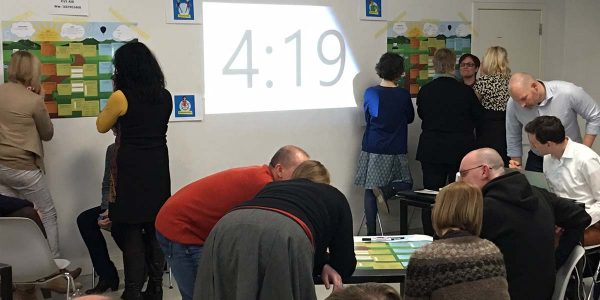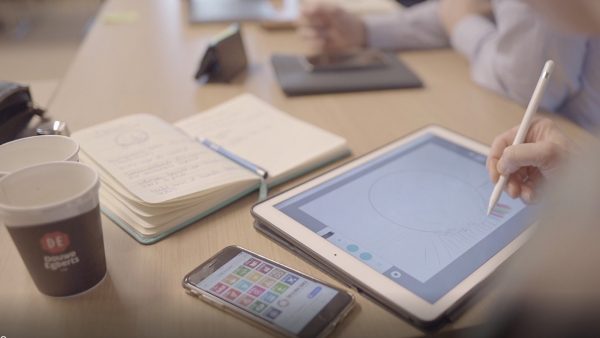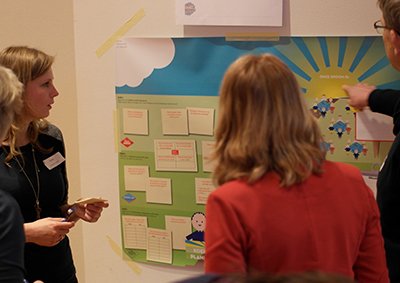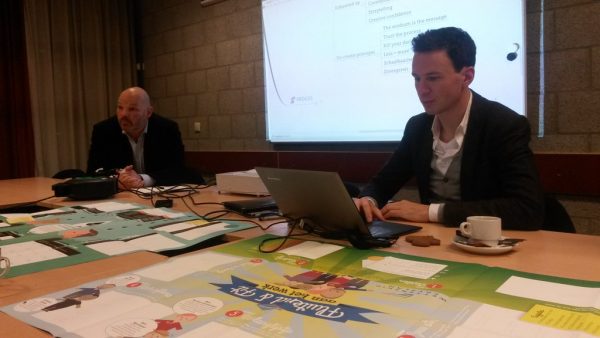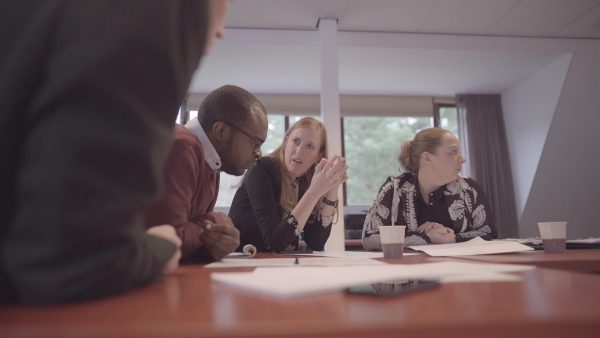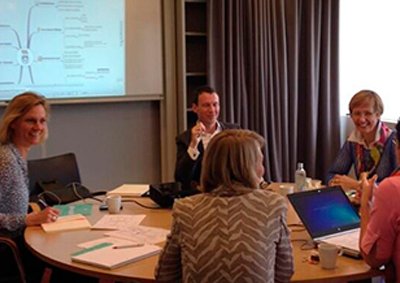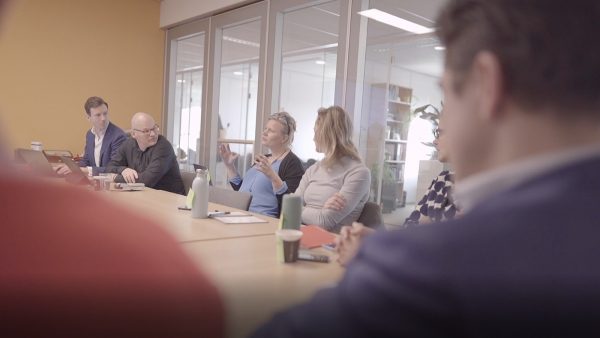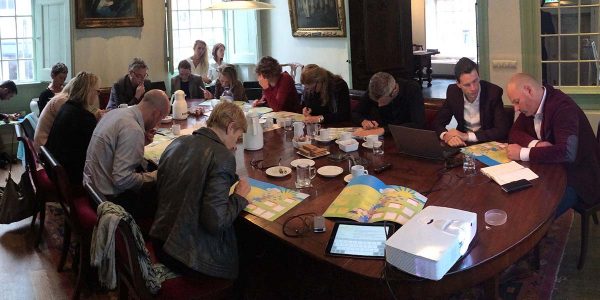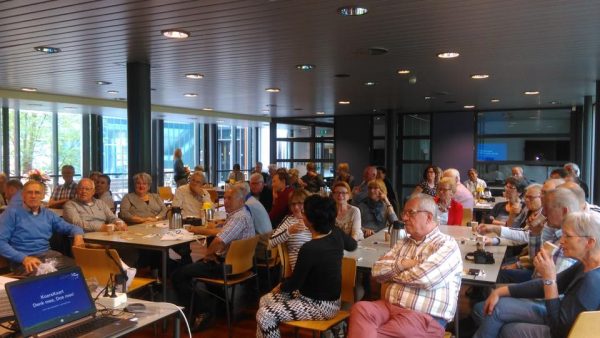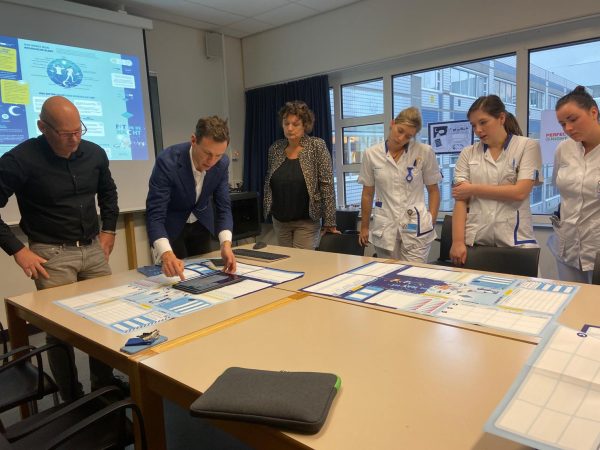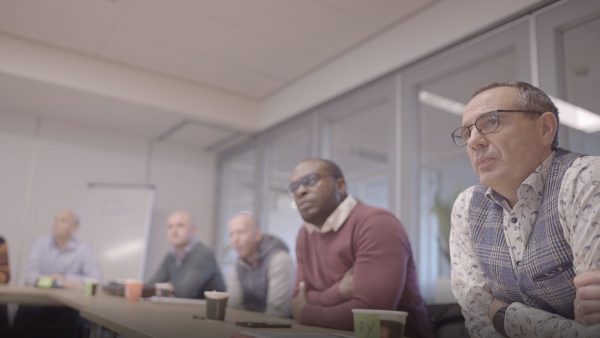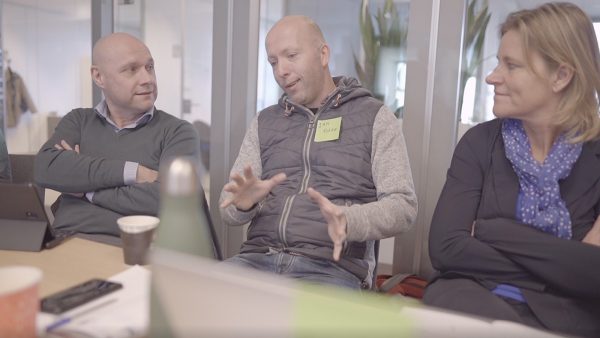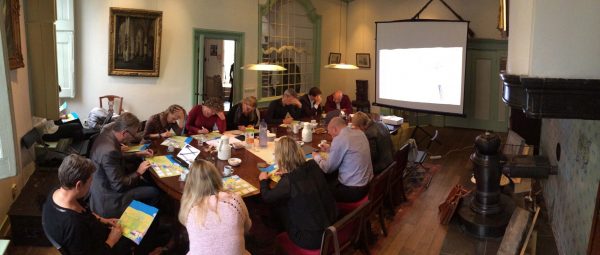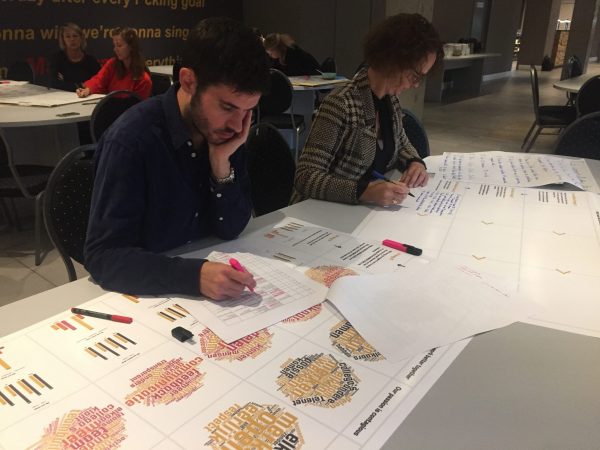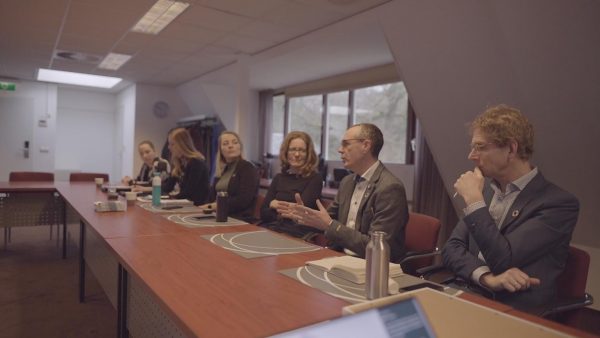Your cart is currently empty!
A KrsKrt
is made in
co-creation
Do you have a ‘misty’ or ‘messy’ topic? For which there is no ready-made answer, which you have to do something about and which knows many stakeholders? And is it time to discuss it with everyone?
With a tailor-made KrsKrt, we bring the entire population into conversation in an accessible way. We make a KrsKrt in co-creation with the stakeholders: a dynamic process with ownership.
Over the years, roughly three types of conversation have been discovered, which can also be combined:
Variant A
Ideation & Planmaking
Teams explore the topic, come up with ideas and plans to get it done.
Variant B
Awareness & Movement
Individuals who together give meaning to the topic and convert this into insights and action.
Variant C
Cases & Intervision
Groups (teams or individuals) who share what is going on and help each other with everyone’s questions.
A selection of the projects
Since 2008, more than 150 KrsKrt’s have been developed in co-creation
which have brought more than 150,000 people into conversation.
For whom?
- Large organizations (200+)
- Government organizations
- Partnerships
- Local communities
In other words: for all forms of organization that want to enter into dialogue with a large population around a misty or messy theme.
Examples of topics
- Strategy Development & Realization
- Sustainable employability, Talent development
- Citizen or employee participation
- Core values & behaviour
- Sustainable business
- New forms of organizing and collaborating
Examples of applications
- Interactive events & conferences
- Large Scale/Group Intervention
- Participatory (Action) research
- Employee Satisfaction Survey (MTO)
- We-Learning / Team learning
- Consultation / Broad exploration
- Interactive Education


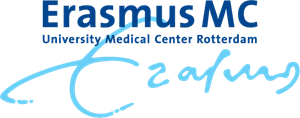

Complete the circle in ABC
The co-creation process to make a KrsKrt is actually very simple. It is exactly the same process as the KrsKrt itself, but one level higher.
We support phase A. You can do phase B all by yourself. Phase C is optional. We ensure that there is a guaranteed self-managing and working KrsKrt.
Stage A: creating
1. Getting the #Topic and scope sharp
2. Design your KrsKrt in co-creation
3. Test, refine and publish in practice
Stage B: Meeting
4. Maximum activation: Think along, participate!
5. Everyone in conversation with the KrsKrt
6. Picking the first, low-hanging fruit
Stage C: Reflecting
7. Making sense with each other from all outcomes
8. Translate it into a sharp and supported report
9. Determine follow-up actions and get started!
These three stages can be combined in different ways:
Large Scale Dialogue
Stage B
Order a Ready-made KrsKrt, activate the groups and start a conversation.
+ Co-Creation
Stages A & B
Together we create a tailor-made KrsKrt to start a dialogue on a large scale.
+ Co-Reflection
Stages A, B & C
Together we translate all the information from the broad dialogue into a report.
Co-Creation: Its true meaning
Co-Creation is a term subject to inflation. The word is overused and misused.
It goes much further and deeper than a simple ‘collaboration’ or ‘meeting’.
Founder Sietse Rauwerdink tries to restore the original meaning of the word.
The word can be broken down into two parts:
Co: This means together. With the field, with the users, with the stakeholders, with the partners.
Creation: The process leads to a meaningful ‘creation’, such as a product (e.g. KrsKrt) or a profound change.
Co-creation: creating something meaningful together.
